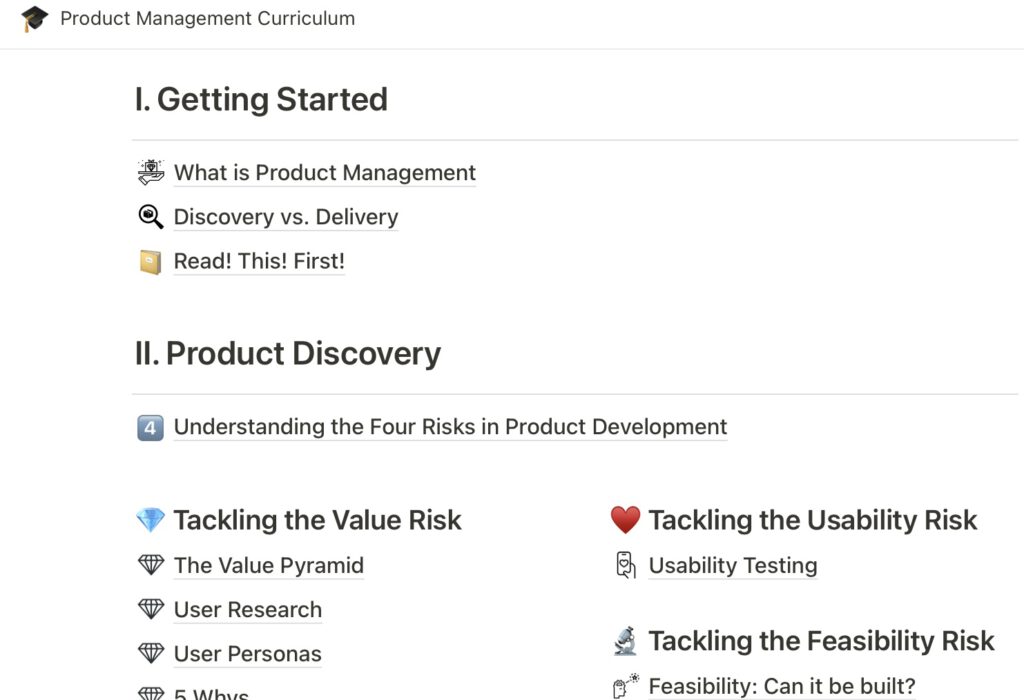Preface
Objectives of this Playbook
Product Management is a Craft
Instead, we consider Product Management as a craft: You need to learn all the tools, how to use them, and their limitations to then be able to select the right tool depending on context and task.
Only you know what works at your company, not a specific framework or tool. Or as one of the thought leaders of Product Management describes it:
People are always searching for a silver bullet to create products, and there is always a willing industry — ready and waiting to serve with books, coaching, training, and consulting. But there is no silver bullet, and inevitably people figure this out.
Marty Cagan
Target Audience
This playbook will be most relevant if:
- You are a product manager, product designer, or UX researcher building products in a B2B domain.
- Your are completely new to Product Management or in the early phase of your carreer.
- You are eager to learn about frameworks, methods, and tools — while accepting that there are no silver bullets.
- You want to improve your understanding of actionable tools in combination with a proven Product Management process.
How to Read
- Discuss key aspects of Product Management.
- Describe a more or less flexible process that we have been using and refining in several companies. Each major step of the process will be covered in a separate chapter. Thus, we do not just list collections of tools and methods but instead, we will walk you through step by step, from idea collection to discovery to delivery to optimization.
- Address hard and soft skills as well as how to get into Product Management.
- And, finally, close with important aspects of Product Leadership.
Of course, when you are already familiar with some concepts, you can jump to those chapters relevant to you. Also, when you are very early in your career, consider skipping Part 2 initially and reading it later after you have understood the more foundational elements of Product Management.
Beyond this Playbook, the Resources section describes important tools and frameworks, lists must-read books, and recommends thought leaders every Product Manager, not only in B2B, should follow.
A Living Document
As Product Managers, we constantly refer to agile ways of working, aim for fast and incremental deliveries, and strive for continuous improvements. And yet, most Product Management literature is published in a very traditional way: Drafted, reviewed, printed, and published on paper, and hardly ever changed (apart from later editions). Very much like software had been built in the 1960s. We believe this is a paradox.

